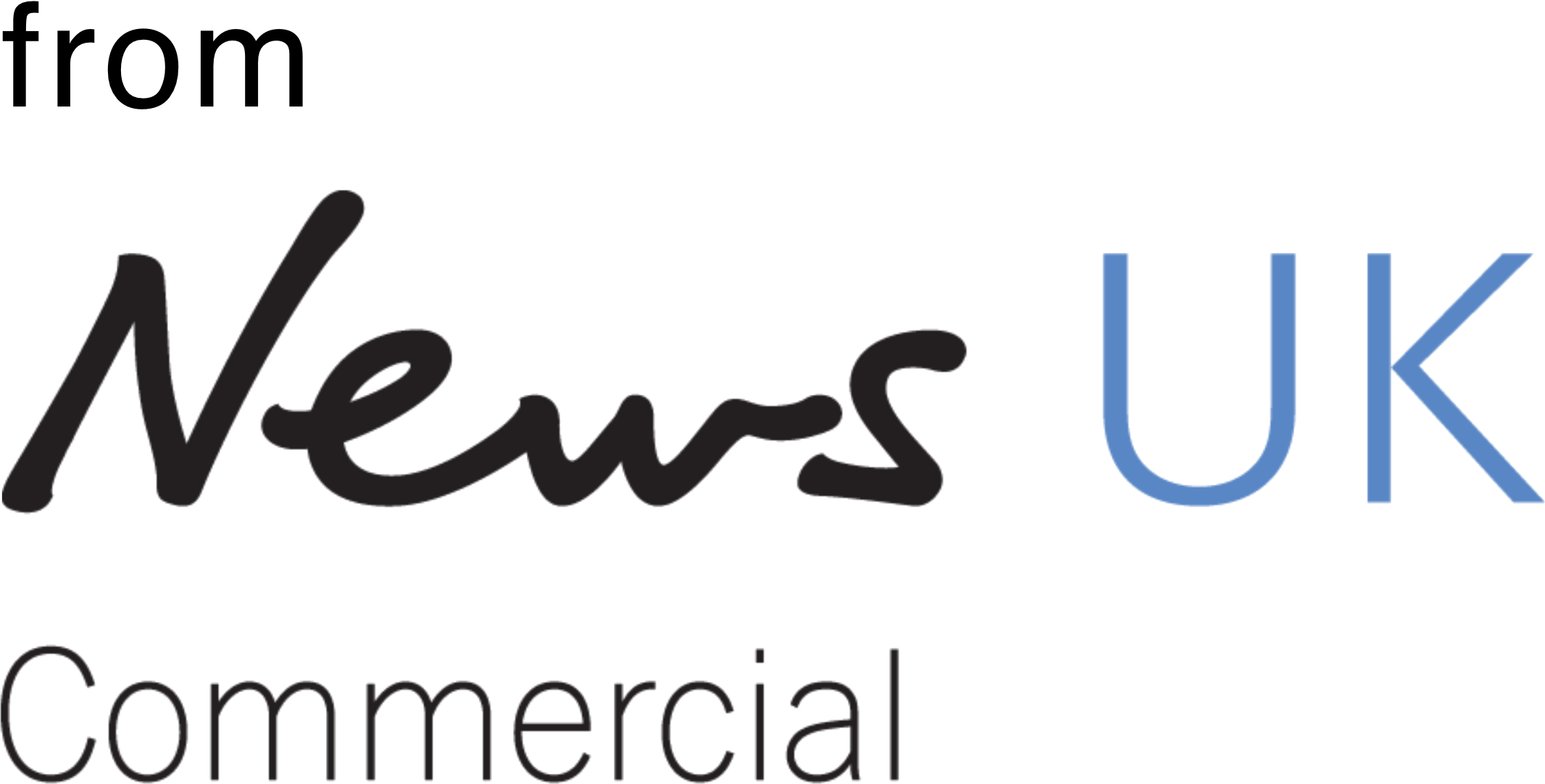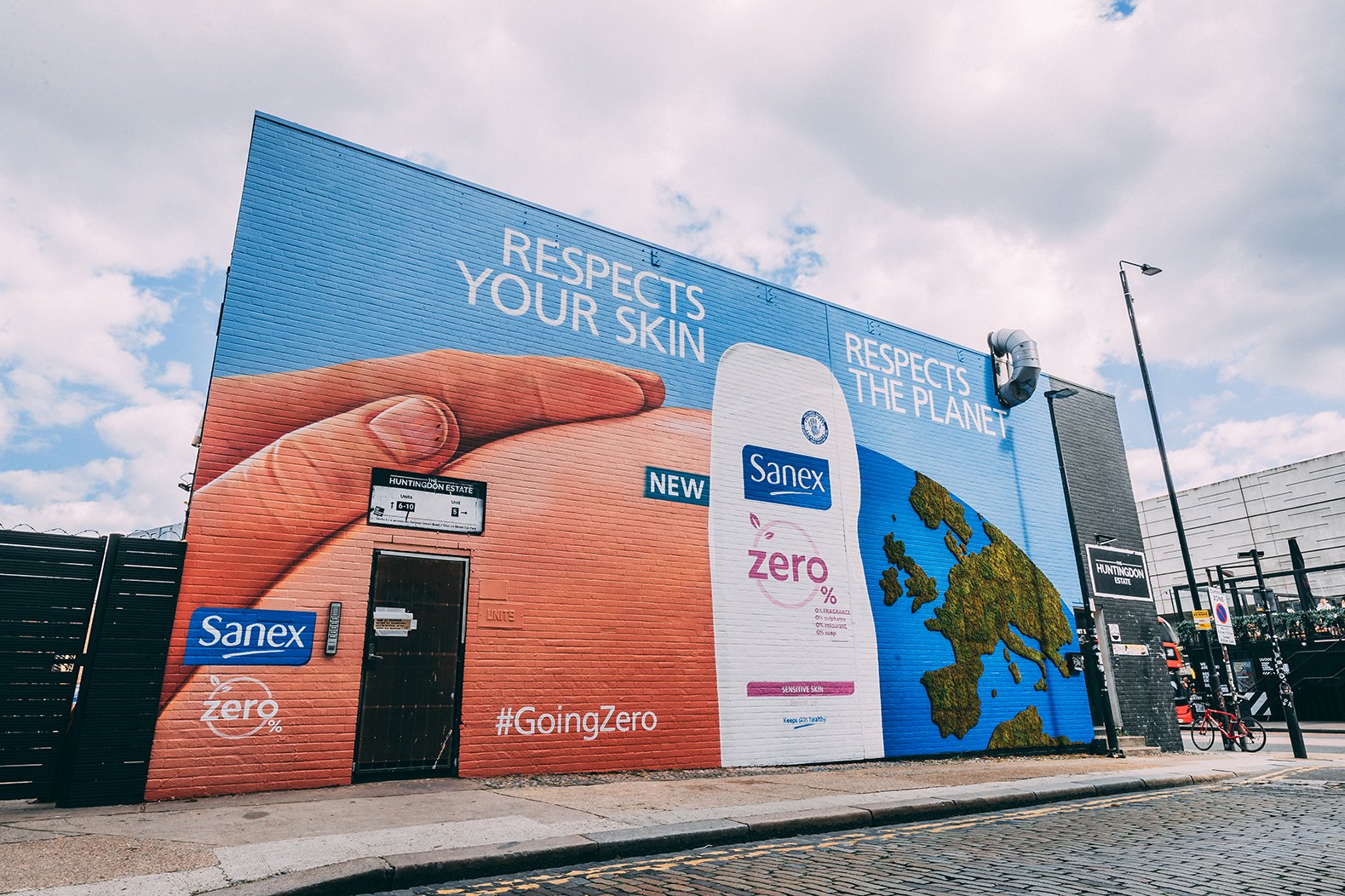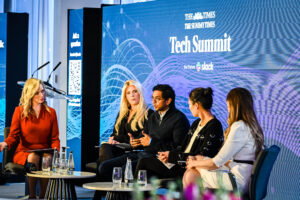At one of the rare in-person gatherings of marketeers and agencies that took place in 2021, Sarah Mansfield, VP of Global Media at Unilever, shared her thoughts on the importance of ‘investing responsibly’ to one of the world’s largest brands.
Of course, Unilever is not alone. Responsible marketing is an emerging trend amongst many brands in 2022. Brands want to understand how they are impacting on the "real world", with a particular emphasis on inclusivity and sustainability.
As the world wakes up to the climate emergency, people are increasingly becoming more discerning in their choices. They are supportive of those brands and businesses that are looking to drive real, effective change and that appear aligned with their own values and beliefs.
With 88% of the public stating that they want brands to help them be more environmentally friendly, and sustainability increasingly at the core of many brand strategies, out-of-home (OOH) advertising is stepping up when it comes to green innovation.
OOH’s super-charged green revolution
Around the world, we’re seeing the rise of sustainable cities, and OOH is a central part of the infrastructure. While we’re used to seeing advertisements on structures and bus shelters in towns and cities, we rarely talk about what’s really going on behind the scenes.
Serving communities by improving public life has long been a part of OOH’s DNA. Half of OOH revenue goes back to local authorities, where it is used to help fund public infrastructure, transport networks and the wider economy.
Those publicly funded and accountable bodies demand a high level of responsible investment from their advertising contracts. OOH’s green revolution has been super-charged in recent years, with initiatives like:
- Pluvo advertising columns that suck viruses and pollutants from the air.
- Bus shelters that provide habitats for bees.
- Poster sites that harvest rainwater.
- Solar-powered sites.
- Billboard vinyl made from recycled ocean plastic.
Not only do these initiatives continue to benefit and serve local communities, but they also present brands with opportunities to communicate sustainability messages in a very public way. Doing good, after all, is good business.
At Kinetic, an out-of-home marketing specialist, we see four main opportunities for brands looking to communicate sustainability strategies using OOH.
1. The medium and the message can work together to reinforce a brand’s commitments and actions
OOH offers a novel opportunity for both the message and the media to work together to reinforce a brand’s commitments – showing public pledges from brands on a public medium.
It’s no longer enough to claim to be committed to sustainability, brands must demonstrate it. A great recent example is Nando’s "Nando’s goes neutral" Pureti-coated banner in Manchester that removed emissions equivalent to 11,265 cars over a two-week period.
It's time for @NandosUK to turn down the heat... Nando's will be #carbonneutral by November 2021. Get full details here: https://t.co/spYvxbIVX7 @kineticwwUK @essenceglobal #nandosgoesneutral #nochickeningout #OOH #banners #PURETi pic.twitter.com/VabIPgHZvj
— Infinity Outdoor Ltd (@InfinityOutdoor) May 19, 2021
2. Brands can use the public nature of OOH media to encourage and normalise sustainable behaviours
Many brands keen to communicate their sustainability credentials look to OOH due to its influence on cultural imprinting (what your use or relationship with a brand says about you). OOH reaches 98% of the UK population at least once a week, and is well placed to normalise and encourage behavioural change.
Whether it’s reminding audiences to walk rather than drive, such as Ikea’s campaign listing the number of steps to the nearest store and encouraging shoppers to travel in more sustainable ways, or Tesco encouraging less meat consumption by promoting diet swaps and lowering the price of their plant-based food line, brands can be a catalyst for change.
.@Tesco topical #DOOH campaign coincides with #COP26 using RUSH playout of 4 different creatives depicting how @Tesco helps the environment.
The imagery is weighted in specific regions based on availability and popularity of the different schemes. Good work! #LifeIsLivedOutside pic.twitter.com/NcpQXplfqw
— Kinetic UK (@kineticwwUK) November 4, 2021
3. A wide variety of eco-techniques and innovations can enhance creative messaging in a sustainable way
Sustainability can - and should - form the foundations of OOH creativity. As well as different eco-friendly banner coatings, we’re seeing upcycling and repurposing, and brands literally making their adverts greener.
Sanex for example, transformed a corner of east London into moss-covered murals to clean the surrounding air encouraging people to join their #GoingZero movement. And the likes of H&M, upcycling vinyl banners of their sustainable clothing-line into tote bags, send a message as to their real-world behaviour and values.
If you're near Ebor St in Shoreditch, make sure you check out this brilliant moss-covered 🌍 mural from Sanex encouraging people to join their #GoingZero movement. It's live for the next three weeks. #KineticActive #OOH #StreetArt pic.twitter.com/Wh51ca09TI
— Kinetic UK (@kineticwwUK) September 7, 2020
4. Harnessing data and tech to drive impact and facilitate change
Brands can also capitalise on the increasing data and technology, which can inform both placement of messaging and creative.
Campaigns can be optimised to reach eco-conscious audiences and overlaid with digital frames that run on renewable energy tariffs.
We can also use data to target areas where people are less eco-conscious, to help educate and encourage more sustainable behaviours.
Live data, such as pollution data, can be used on a national level via API feeds, to activate contextually relevant messages across digital screens at scale.
Vehicle detection technology can identify passing vehicles and serve them relevant ads. For example, a car brand can serve EV (Electric Vehicle) ads to cars with higher emissions, which is becoming particularly pertinent as we see the growth of low-emissions zones in cities like Birmingham and Manchester.
The future is green
Further investment, innovation and technology means that the OOH industry can make an impact in sustainable advertising delivery.
Continued commitments from media owners will provide more avenues for eco-conscious brands in the future.
Channels like out-of-home can reach diverse sets of people.
And that will be necessary. After all, the sustainability drive is not a fleeting trend.






